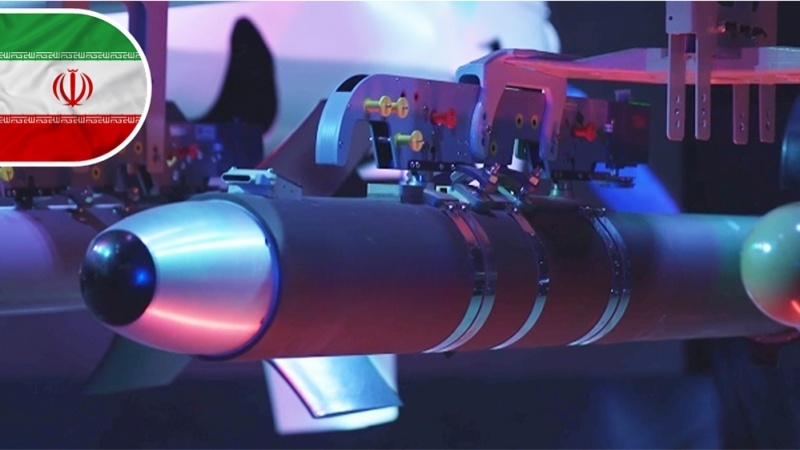Iran at pinnacle of anti-tank missile technology
Pars Today – The production of anti-tank missiles has been one of the main priorities of Iran's defense industries since the end of the Sacred Defense era (the Iraqi Ba'athists’ imposed war on Iran) up to today. The shortage of sufficient guided anti-tank missile reserves during the eight-year war with Saddam Hussein's Ba'athist regime was the primary reason for Iran’s focus on this field.
After the war, projects such as "Tufan" were carried out in Iran to reverse-engineer the TOW anti-tank missile, leading to a wide range of products from this missile family being produced. This Pars Today article takes a closer look at Iranian anti-tank missiles.
Breaking the monopoly
Most older anti-tank missiles required direct line-of-sight from the operator to the target and continuous control until impact. In modern warfare, with advanced sensors and drones, this increases the risk of exposing the launch site and attacking the operator. The need for "fire-and-forget" missiles capable of top-attack led to the development of systems like Javelin and Spike. Iran broke this monopoly with its "Almas" missile.
Almas missile: Birth of an advanced weapon
The Almas missile was first introduced in 2020, launched from the Ababil-3 drone. This air-launched missile, featuring deployable wings, a thermal imaging seeker, and similarities to the Spike missile, can attack armored targets, fortifications, and infantry. Almas can be launched from various platforms including drones, helicopters, vehicles, and even by infantry. It has been introduced in four models:
Almas 1: Minimum range of 200 meters, maximum range of 4 kilometers, dual-point guidance system, effective against fortifications.
Almas 2: Range of 7 kilometers, suitable for engaging deep enemy front-line targets, can be launched from Cobra helicopters.
Almas 3: Range of 10 kilometers, lock-on after launch capability, advanced guidance.
Badr: This missile closely resembles the Almas series in appearance. It has a range between 200 to 2,000 meters, can penetrate 600 millimeters of armored steel, and features fire-and-forget capabilities.
Almas 4 and NLOS: A step towards future
In 2024, an exhibition showcasing the achievements of Iran's Ministry of Defense displayed a new missile from the Almas series (likely Almas 4). This missile, with X-shaped wings resembling the Spike NLOS (Non-Line-of-Sight) missile, is designed for long-range engagements.
With a minimum range of 20 kilometers, it enables engagement with targets outside the operator's line of sight while keeping the launch platform out of range of the enemy's short-range air defenses. Specific details are yet to be disclosed, but its design suggests superiority over similar global models.
Multi-role applications and strategic advantage
The Almas missiles, which can be mounted on drones like the Mohajer-10, have enhanced Iran's offensive capabilities at long ranges. These missiles also provide a cost-effective option against enemy light and fast-moving naval vessels in maritime battles. The capabilities of the Almas missile place Iran in a superior global position, and the localization cycle of these weapons has strengthened the tactical power of Iran's armed forces.
MG/UR



